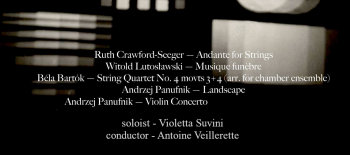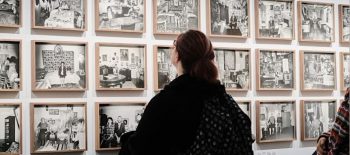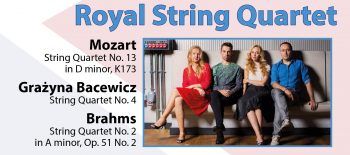Capturing the Ghetto. Artistic Portrayals of Everyday Life in the Łódź Ghetto – Exhibition
28th August 2024 – 16th March 2025, The Emanuel Ringelblum Jewish Historical Institute, Warsaw
The Łódź ghetto existed from February 8, 1940, to August 29, 1944. During this period, over 200,000 people passed through it – both Jews from Łódź and nearby towns, as well as those deported from the Third Reich or the Protectorate of Bohemia and Moravia. Jews were forcibly settled in an area of only 4,13 km2. About 45,000 people in the ghetto died from hunger and disease. Most of the inhabitants were murdered in the extermination camps in Chełmno nad Nerem and Auschwitz-Birkenau. It is estimated that no more than 12,000 people survived the war.
The exhibition presents various aspects of the extremely difficult life of Jews in the ‘closed district’ created by the Germans. Overcrowding, terrible sanitary conditions and food shortages affected everyone, although not equally. The ghetto survived for so long because its inhabitants undertook the production of various goods for the German economy. Showing that the ghetto was working and that the German economy needed its inhabitants was the most important goal of the Jewish administration, led by Chaim Mordechaj Rumkowski. Traces of this policy are visible in many of the works that make up the exhibition.
The everyday life of the ghetto was shown using the collections of the Jewish Historical Institute: original paintings and drawings created in the ghetto – primarily by Józef Kowner, Izrael Lejzerowicz and Icchok Brauner – as well as objects made in the ghetto using various techniques. Some of them are inspired by observations of everyday life and are fully elaborated works. Others seem more like a record of reality or reportage. Still others were commissioned by the Jewish administration and they aimed to convince the Germans of the usefulness of the work of the Jews of Łódź; they are an expression of false hope for salvation.
The exhibits, accompanied by curatorial commentary and basic facts, including biographical information about the creators of these works, present the everyday life of the ghetto and the circumstances in which they were made. The content and meaning contained in them, as well as their artistic form, become understandable. Of particular importance are those works that artists made out of an internal need to document the realities experienced by thousands of Jews. They are an expression of resistance to the borderline situation in which their creators found themselves, an attempt to save life and preserve humanity.
Exhibition curators
Dr Jakub Bendkowski, Dr Zofia Trębacz
To find out more, visit:




